Imagine a creature soaring high above the world’s most rugged mountains, its wingspan stretching wider than the width of your outstretched arms, carrying an air of ancient mystery and raw power. Now picture that same bird dropping massive bones from dizzying heights, shattering them on rocks below, and then swooping down—not for the meat, but for the bones themselves. This isn’t a scene from a fantasy novel or a heavy metal album cover. This is the daily life of the lammergeier, also known as the bearded vulture, perhaps the most “metal” animal to ever exist. Prepare to be astonished by the science, the strangeness, and the sheer audacity of nature’s ultimate bone-crusher.
The Lammergeier Unveiled: A Living Legend
The lammergeier, or Gypaetus barbatus, is no ordinary vulture. Its very name—German for “lamb vulture”—evokes ancient legends of a bird so bold it was said to snatch lambs from mountain pastures. With fiery orange feathers on its chest (stained by bathing in iron-rich soils) and a beard of bristly black feathers beneath its beak, the lammergeier looks like it’s flown straight out of myth. Found soaring over the Alps, the Himalayas, and the highlands of Africa, this bird commands the sky with an almost prehistoric presence. Its wingspan can reach nearly three meters, making it one of the largest flying birds in the world. Every aspect of its appearance and behavior is designed to captivate and unsettle, making it a true icon of the wild.
Shattering Stereotypes: The Bone-Eater’s Diet
While most vultures are content to pick at the soft flesh of carcasses, the lammergeier takes scavenging to a whole new level. Up to 90 percent of its diet consists of bone, a fact so shocking that it defies belief. The lammergeier will patiently wait for other scavengers to strip away meat, then swoop in to claim the leftovers—bones that others leave behind. Perhaps most astonishing, it prefers the largest bones, often weighing over a kilogram. By feasting on bones, the lammergeier fills an ecological role no other bird dares to touch, turning death’s remnants into a feast.
The Art of Bone-Dropping: Nature’s Most Extreme Foraging Technique
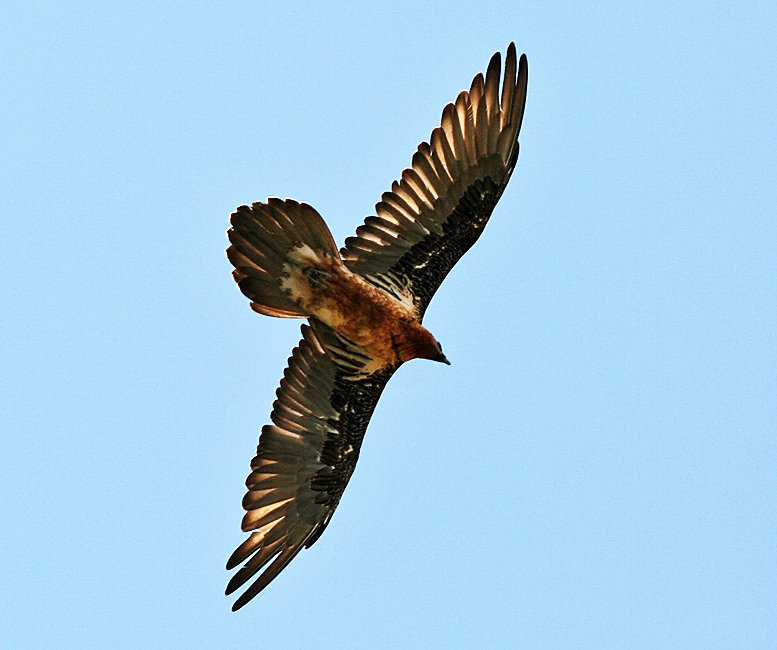
The lammergeier’s unique feeding strategy is as dramatic as it is effective. With a bone clutched in its talons, the bird ascends to heights of up to 100 meters, then releases its prize onto rocks below. The bone smashes on impact, splintering into bite-sized pieces or exposing the rich, fatty marrow inside. This behavior, called ossifrage, is so rare in the animal kingdom that the lammergeier is one of the only species to have mastered it. Watching a lammergeier perform this aerial feat is both awe-inspiring and slightly terrifying—a reminder of how brutal and beautiful nature can be.
Digesting the Indigestible: The Lammergeier’s Iron Stomach
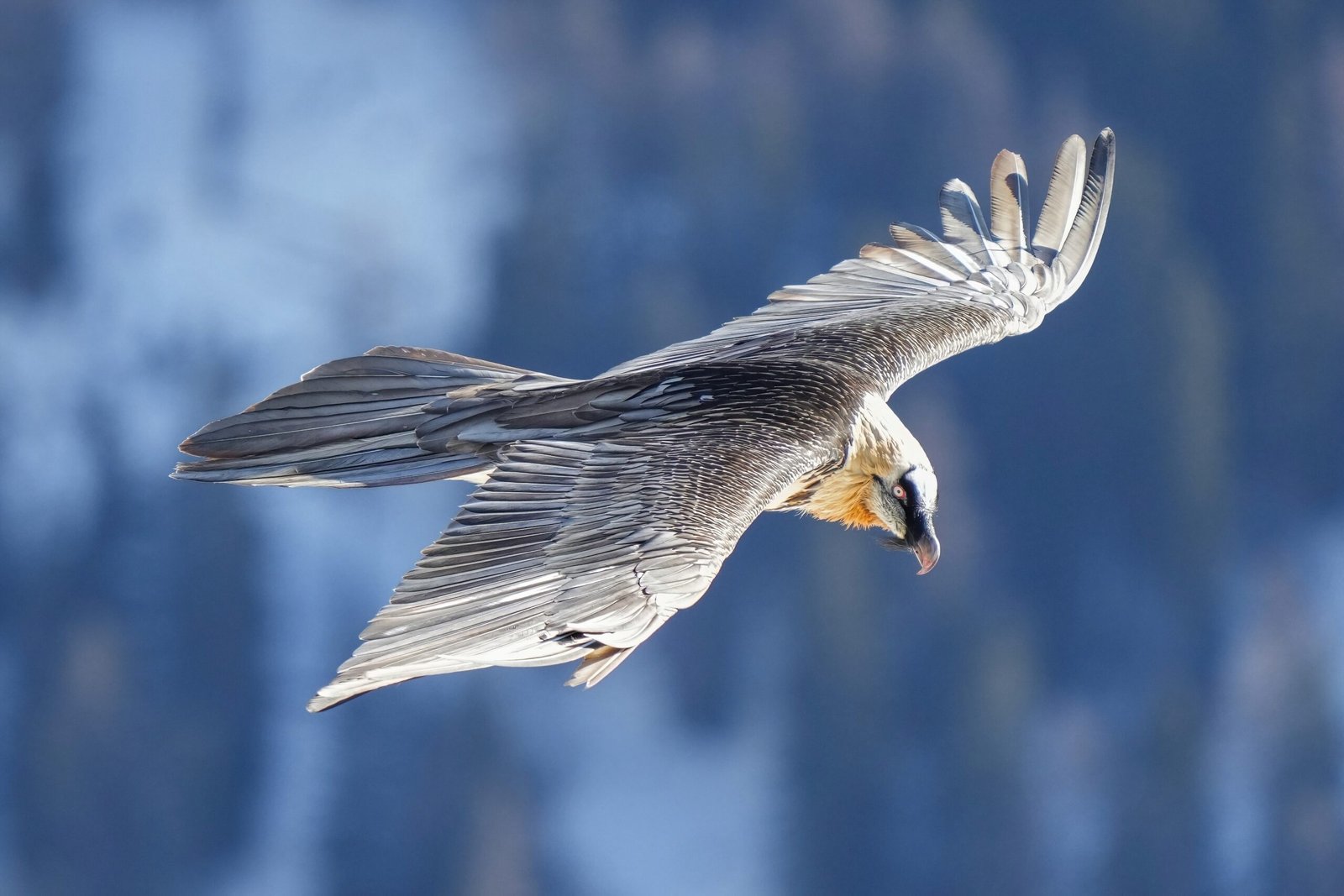
Eating bones isn’t just a party trick—it’s a testament to the lammergeier’s extraordinary biology. Its stomach acid is among the most corrosive in the animal kingdom, with a pH lower than 1, strong enough to dissolve bone in just a few hours. This acid allows the lammergeier to extract calcium and fat from bone fragments, turning what would be waste for others into a vital energy source. Scientists have marveled at this adaptation, which is unmatched by any other bird. It’s as if the lammergeier is equipped with a natural furnace, capable of transforming the seemingly impossible into pure sustenance.
The Science Behind Bone Coloration: Why Are Lammergeiers Orange?
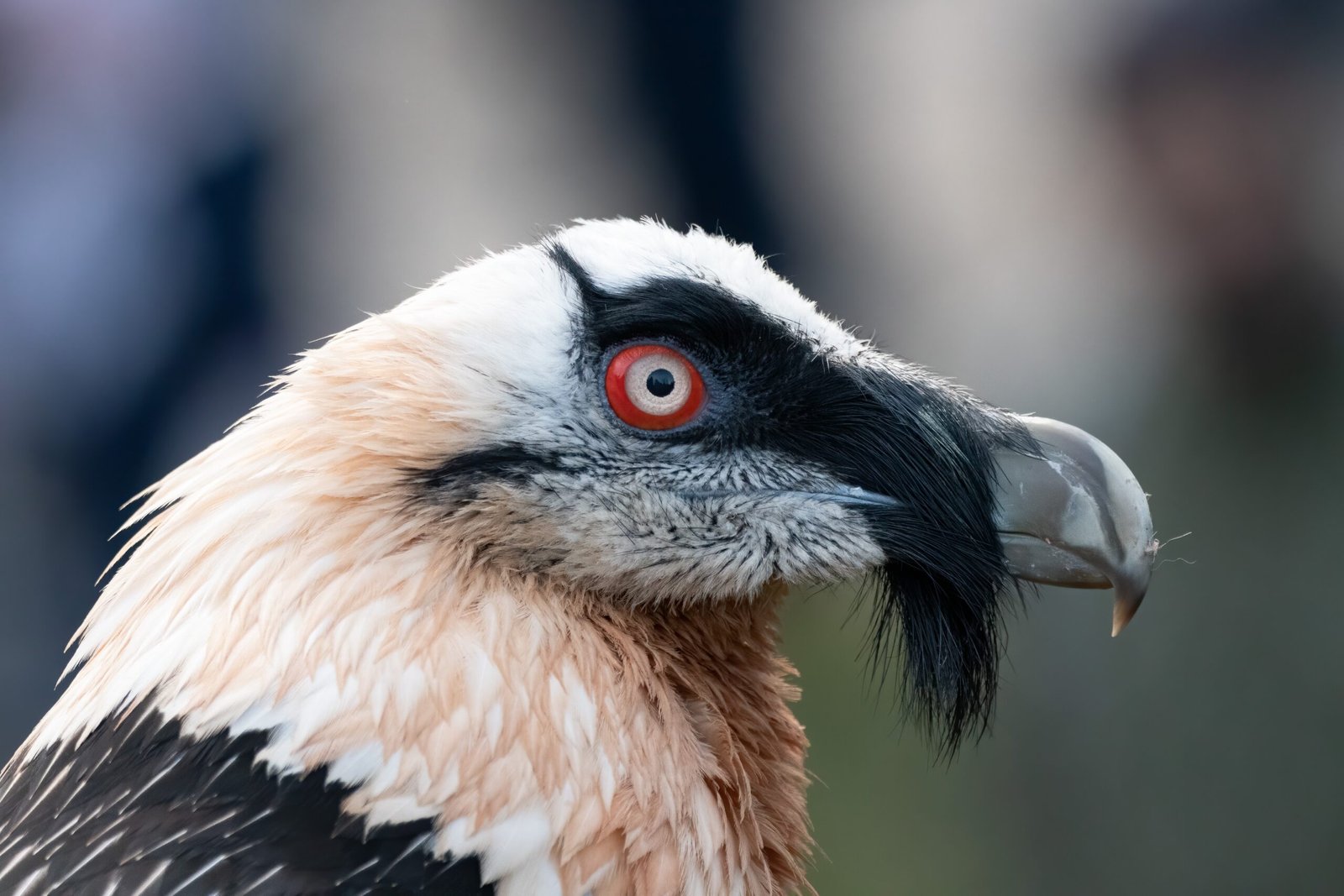
One of the most striking features of the lammergeier is its vivid orange or rusty plumage. Unlike most birds, this color isn’t genetic—it’s the result of deliberate self-adornment. Lammergeiers seek out iron-rich mud and dust, bathing in these soils until their feathers are stained a dramatic orange. Researchers believe this may be a form of social signaling, with richer coloration reflecting dominance or maturity. In this way, the lammergeier’s appearance becomes a badge of honor, a self-made symbol of strength and status in the harsh mountain world.
A Life in the Clouds: Surviving the World’s Harshest Mountains
Lammergeiers are true masters of the high-altitude wilderness. They make their homes among the cliffs and crags of the world’s tallest mountain ranges, from the Himalayas to the Pyrenees. Here, oxygen is thin, temperatures are extreme, and food is scarce. Yet the lammergeier thrives where few other animals dare to live. Its wide wings and powerful muscles allow it to glide effortlessly for hours, riding thermals up and down the slopes in search of bones. This high-flying lifestyle means the lammergeier is rarely seen by humans, adding to its mystique and allure.
Mating, Parenting, and the Making of a Metal Family
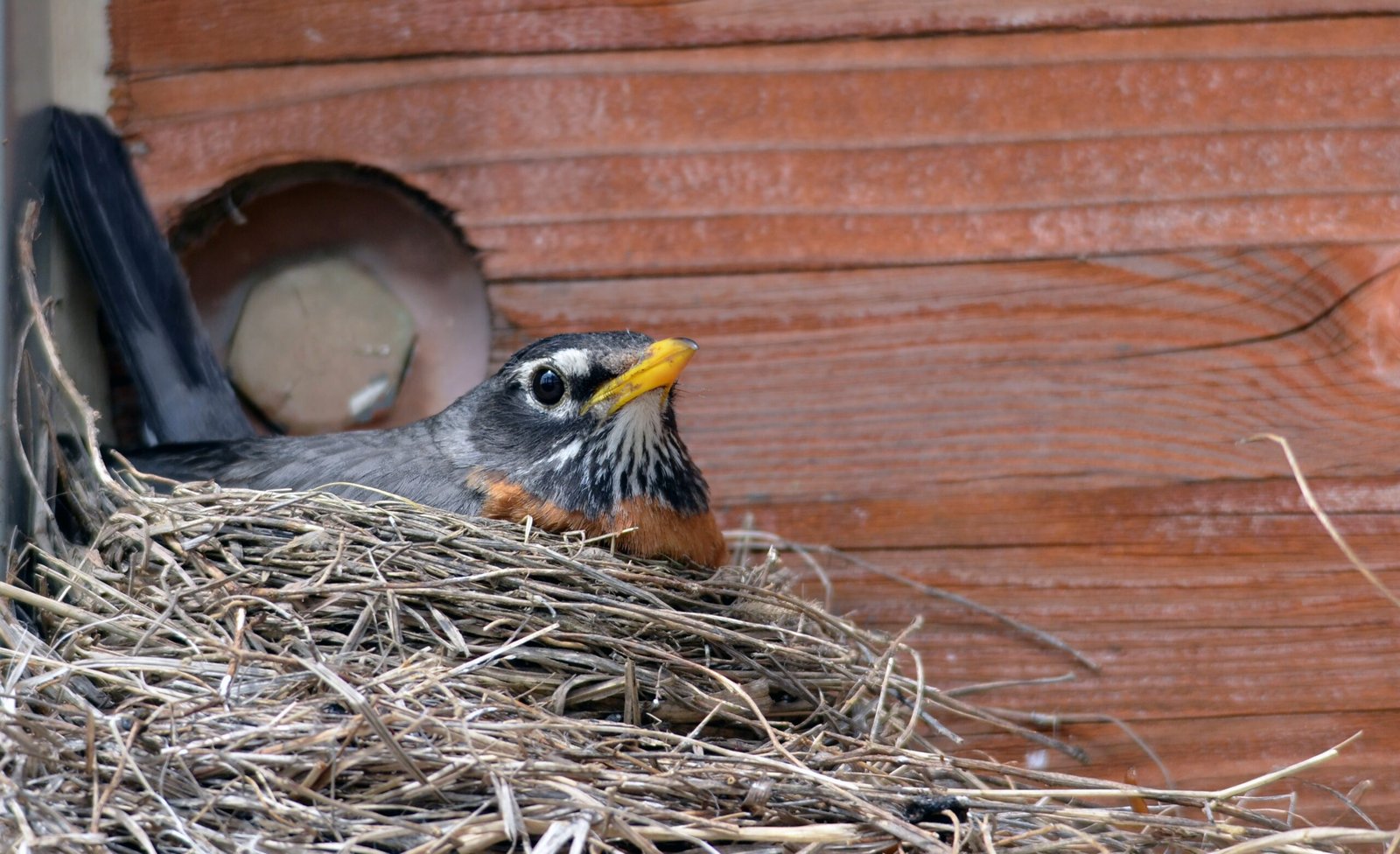
Despite their fearsome reputation, lammergeiers are devoted parents and partners. They form monogamous pairs that can last for life, nesting high on remote cliffs to protect their young from predators. Both parents share the work of incubating eggs and feeding chicks, often flying great distances to find suitable bones for the growing young. The chicks, born with soft down, rapidly develop the strength and skills needed for their extreme lifestyle. Watching a lammergeier family is a testament to the power of cooperation and resilience in the face of the wild.
Folklore and Feared Legends: The Lammergeier in Human History

For centuries, the lammergeier has haunted the imaginations of people living near its mountain haunts. Its bone-eating habits and dramatic appearance have inspired countless myths and legends. In some cultures, it was revered as a symbol of renewal and transformation, turning death’s leftovers into new life. In others, it was feared as a harbinger of doom or a threat to livestock. These stories reflect the deep fascination—and sometimes fear—that the lammergeier provokes in all who encounter it. Even today, its presence in folklore speaks to the enduring power of nature’s most extraordinary creatures.
Conservation Challenges: Protecting the Bone-Eater’s Legacy

Despite its adaptability, the lammergeier faces serious threats in the modern world. Habitat loss, poisoning, and collisions with power lines have led to steep declines in many regions. Conservationists have launched ambitious reintroduction and protection programs, working tirelessly to ensure this iconic bird’s survival. In recent years, efforts in places like the Alps and the Pyrenees have seen encouraging results, with lammergeier populations slowly recovering. Still, the bird’s future remains uncertain, a poignant reminder of the fragility of even the most “metal” animals.
Why the Lammergeier Inspires Awe: More Than Just a Metal Bird
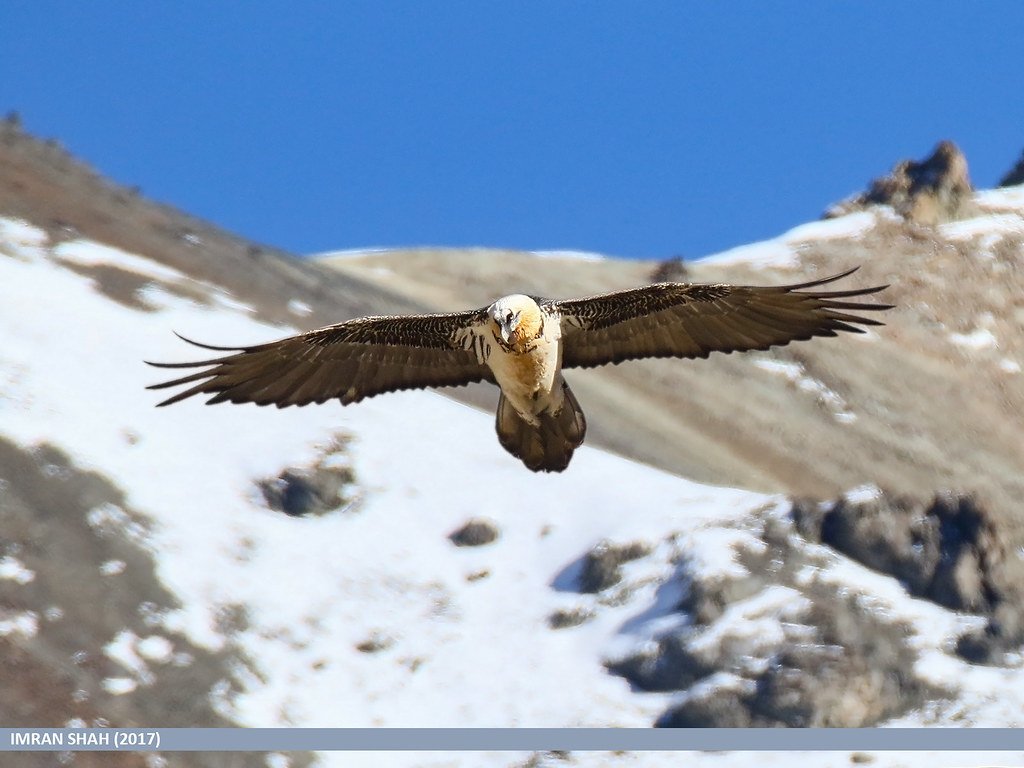
There’s something deeply stirring about the lammergeier’s story. It’s a creature that thrives where others falter, transforms the unwanted into the essential, and wears its scars as badges of honor. The lammergeier defies easy categorization: part scavenger, part artist, part legend. Its life is a testament to nature’s creativity and resilience, showing us that survival sometimes means breaking the rules—and the bones—of the past. The next time you look up at a mountain sky, imagine the shadow of the lammergeier passing overhead. Would you ever have guessed that the most metal animal alive is a bird that eats bones?




